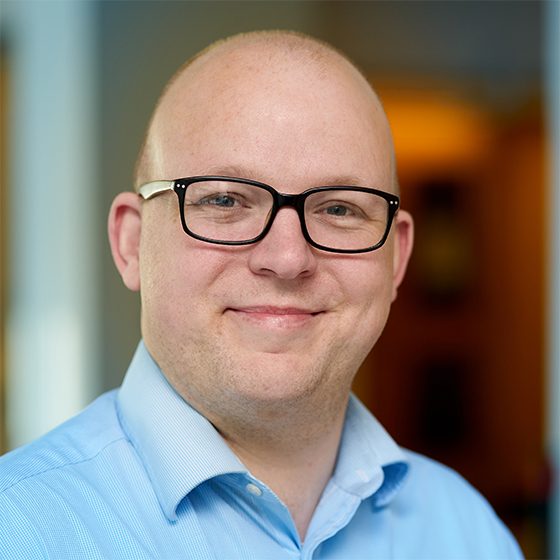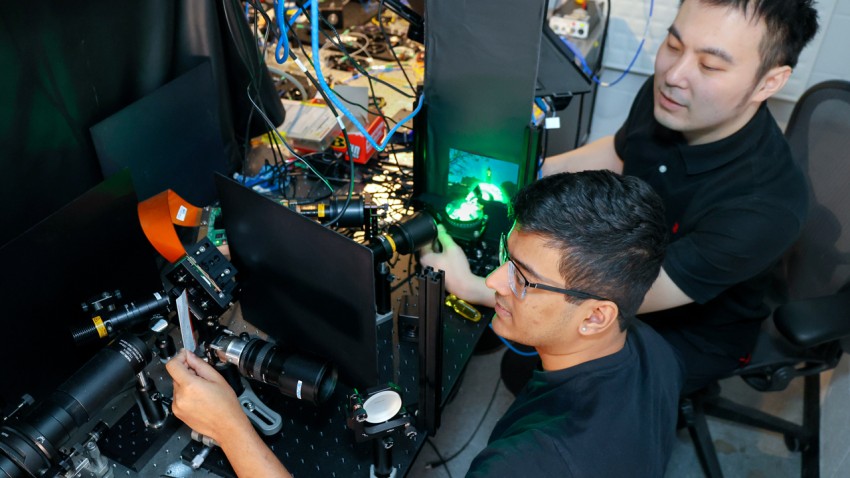Eleanor Richard '25 named 2024 Optica Women Scholar: "We are all capable of so much more than we believe."
Advised by Professor David Muller, and a member of Professor Ankit Disa’s lab, Richard was endorsed for this award by Disa, who noted that she is “extremely diligent, creative and resourceful.” Disa... Read more about Eleanor Richard '25 named 2024 Optica Women Scholar: "We are all capable of so much more than we believe."





